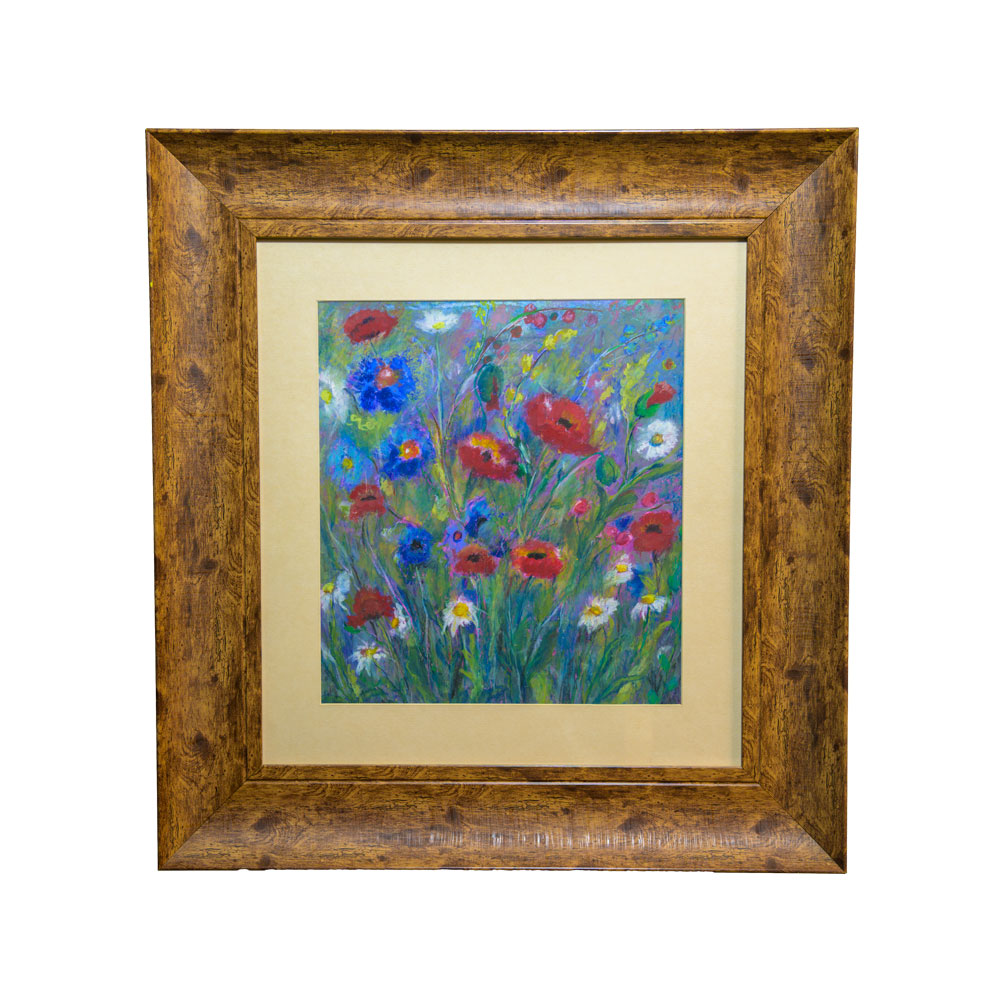Description
Polskie maki by Rysia Skirucha
Auction Ended
Item condition: New
| Weight | 12 lbs |
|---|---|
| Dimensions | 24 × 24 × 5 in |
Auction has finished
Auction failed because there were no bids| May 1, 2024 12:00 am | Auction started | ||
Marjorie Baer
For over 45 years, Marjorie Baer has been designing modern, sculptural jewelry that appeals to a wide range of women. Each piece is hand-made by artisans in the San Francisco Bay Area from quality materials with craftsmanship and attention to detail.
Marjorie Baer jewelry has a unique look. Her designs are elegant, architectural, bold, and distinctive with easy balance, dramatic movement, and light-weight layers. She has become known over the years for her eye for mixed metals. Marjorie’s collection is comfortable and hypoallergenic to avoid irritation even on the most sensitive skin. Marjorie Baer’s jewelry is a staple for women who value unique and eye-catching pieces that compliment and enhance their own personal style.
All Marjorie Baer jewelry is made sustainably and ethically in our South San Francisco studio.
Private VIP Tour
Embark on an exclusive journey through the rich tapestry of Polish heritage with our private VIP tour at the Polish Museum of America. Led by our knowledgeable guides, this personalized experience offers unparalleled access to the museum’s diverse collections, allowing you to uncover hidden treasures and delve deep into Polish history, art, and culture. From captivating exhibitions showcasing centuries-old artifacts to immersive displays highlighting the vibrant traditions of Polish communities around the world, each stop on the tour offers a glimpse into the soul of Poland. Whether you’re tracing your family roots, exploring Polish-American contributions, or simply indulging your curiosity, our VIP tour promises an unforgettable exploration of the past, present, and future of Polish identity.
Sail on Lake Michigan
Embark on a breathtaking adventure with this exclusive opportunity to sail on the majestic waters of Lake Michigan. Picture yourself aboard a luxurious sailboat, gliding gracefully across the shimmering surface of one of North America’s Great Lakes. Feel the gentle breeze caress your skin as you bask in the beauty of the surrounding landscape. This auction offers the chance to experience the tranquility and serenity of sailing firsthand, accompanied by a seasoned captain and crew who will ensure your safety and comfort throughout the journey. Whether you’re seeking a romantic escapade, a family outing, or simply a peaceful retreat into nature, this sail on Lake Michigan promises an unforgettable experience filled with awe-inspiring vistas and cherished memories. Bid now to seize this extraordinary opportunity and set sail on an adventure of a lifetime.
Marjorie Baer
For over 45 years, Marjorie Baer has been designing modern, sculptural jewelry that appeals to a wide range of women. Each piece is hand-made by artisans in the San Francisco Bay Area from quality materials with craftsmanship and attention to detail.
Marjorie Baer jewelry has a unique look. Her designs are elegant, architectural, bold, and distinctive with easy balance, dramatic movement, and light-weight layers. She has become known over the years for her eye for mixed metals. Marjorie’s collection is comfortable and hypoallergenic to avoid irritation even on the most sensitive skin. Marjorie Baer’s jewelry is a staple for women who value unique and eye-catching pieces that compliment and enhance their own personal style.
All Marjorie Baer jewelry is made sustainably and ethically in our South San Francisco studio.
Pearl necklace with agate
Ella K Paris a Jewellery Exhibition Ella K – Elzbieta Klemensowicz was born in 1964 in Bialystok (Poland). She graduated from Fryderyk Chopin Academy of Music in Warsaw, branch in Bialystok. She worked as a Choir Conductor at the Politechnical University in Bialystok and also co-operated with Aleksander Wegierka Dramatic Theatre in Bialystok. Ella K has been residing in Paris and creating unique art and fashion jewellery for nearly quarter of a century. Influenced by the baroque as well as tribal art, she is searching for her own characteristic style, using the most amazing elements – ivory piano keys, the 19th century mourning buttons of black opaque glass, Swarovsky vintage crystals – combined with amber, agate, rock crystal, ammonite, semi-precious stone, shell, pearl, sea bamboo, horn and other. Every piece is absolutely unique and signed by the artist who is praised by such fashion icons as Iris Apfel for her original and elaborate creations. Ella’s masterpieces find numerous prestigious clients from Paris, Warsaw, London, Monaco, Venice to New York, Chicago and Los Angeles.
